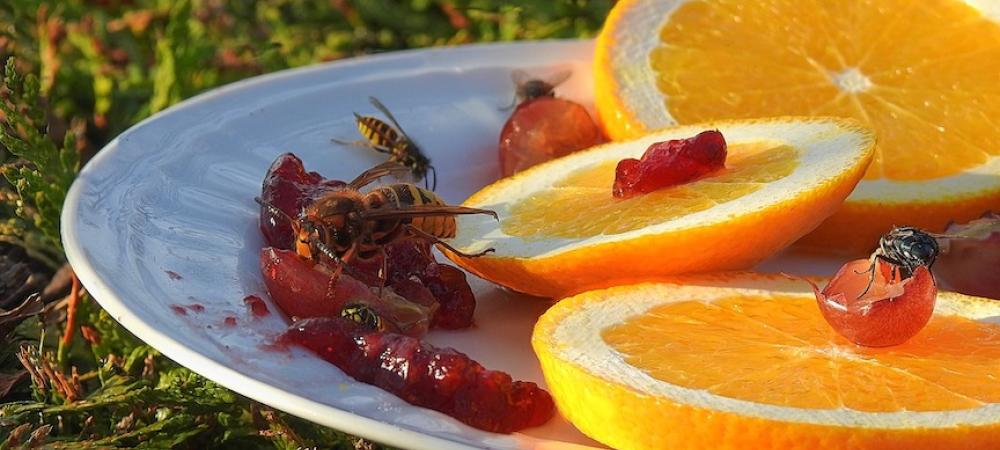Guide to Stinging Insects

Are you afraid of stinging insects? Do you find yourself running away at the sight of a bee or wasp? It's common to feel anxious or fearful around these creatures, but understanding more about them can help alleviate some of those fears. Stinging insects, such as bees, wasps, hornets, and yellow jackets, are a common sight during the warmer months. By learning about these fascinating creatures, you'll be well-prepared to navigate encounters with them and enjoy your time outdoors without unnecessary worry.
Types of Stinging Insects
Have you ever been stung by an insect and wondered what kind it was? With so many different types of stinging insects out there, it can be difficult to identify the culprit. Understanding the various species is not only important for your own safety, but also for effective pest control.
Yellow Jackets
Yellow jackets are a type of wasp that are known for their distinct yellow and black striped appearance. They are social insects and live in large colonies. Yellow jackets are often found in outdoor spaces such as gardens, picnic areas, and trash bins, as they are attracted to sweet foods and meats. They can be aggressive and have a painful sting, making them a nuisance for humans. It is important to be cautious around yellow jackets and take necessary precautions to avoid getting stung.
Wasps
Wasps are flying insects that belong to the Hymenoptera order and are closely related to bees and ants. They are known for their slender bodies, narrow waists, and two pairs of wings. Wasps come in various species and sizes, ranging from tiny ones to larger ones that can grow up to several centimeters in length. Wasps are often characterized by their vibrant colors, such as yellow, black, and sometimes metallic blue or green. Wasps are known for their ability to sting, and some species can be aggressive when threatened. They play an important role in ecosystems as predators, feeding on other insects and pests.
Carpenter Bees
Carpenter bees are a type of bee that are known for their ability to drill holes in wood. They get their name from their behavior of excavating tunnels in wooden structures, such as trees or even buildings. These bees are often mistaken for bumblebees due to their similar appearance, but they can be identified by their shiny abdomen and lack of dense hair. Unlike most bees, carpenter bees are solitary insects and do not live in colonies. They are generally not aggressive towards humans, but the presence of carpenter bees can still be a nuisance as their drilling can cause damage to wooden structures.
How To Prevent Stinging Insects
To effectively prevent stinging insects, here are some helpful tips to follow:
- Remove any standing water sources around your property, as these can attract insects like wasps and mosquitoes.
- Seal any cracks or crevices in your home's exterior to prevent insects from finding their way inside.
- Keep outdoor garbage cans tightly sealed to avoid attracting stinging insects.
- Avoid wearing bright colors and floral patterns, as these can attract bees and wasps.
- Plant insect-repelling herbs and flowers in your garden, such as lavender, mint, and marigolds.
- Use insect repellents or natural deterrents like citronella candles when spending time outdoors.
- Be cautious when consuming food outdoors, as sweet and sugary foods can attract them.
If you encounter a stinging insect, remain calm and slowly move away without swatting or making sudden movements. If your stinging insect problem persists, contact your local stinging insect control experts at Clancy Brothers Pest Control.
